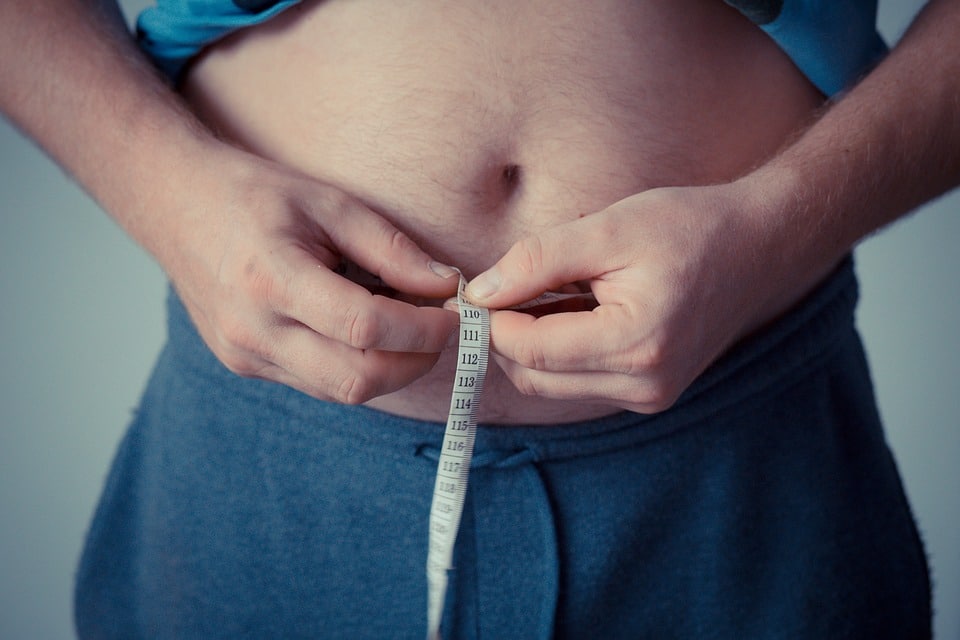A small controlled clinical trial consisting of 12 weeks of bicycle exercise intervention, to no surprise, decreased visceral abdominal fat in obese adults; but this was abolished in subjects treated with tocilizumab. Tocilizumab blocks interleukin-6 signalling and is approved for treatment of rheumatoid arthritis.
Visceral abdominal fat has been shown to increase risk of cardio-metabolic disease, cancer, dementia, and overall mortality rates. Visceral fat tissue surrounding internal organs in the abdominal cavity can be reduced with physical activity which until recently the underlying mechanisms have not been clear. Epinephrine hormones have been proposed to mediate this effect; and interleukin-6 has been suspected to play a role as it regulate energy metabolism, is released from skeletal muscle during exercise, and stimulates the breakdown of fats in healthy individuals.
Every four weeks 53 participants were given intravenous infusions of Tocilizumab or a saline placebo, combined with bicycle routine consisting of several 45 minute sessions each week or no exercise for 12 weeks to test the researchers hypothesis; magnetic resonance imaging was used to assess visceral fat tissue mass at the start and conclusion of the study.
Placebo groups reduced visceral fat tissue mass by an average of 8% with exercise, however tocilizumab was observed to eliminate this effect. Tocilizumab increased visceral fat tissue mass by approximately 278 g in the exercise groups, and increased total cholesterol and LDL cholesterol in both exercise and non-exercise groups.
According to the researchers this study was exploratory and not intended to evaluate treatment in a clinical setting; and interleukin-6 can have opposite effects on inflammation depending on context. Muscle cell signalling pathways and immune cell signalling pathways differ resulting in pro-inflammatory and anti-inflammatory actions so that interleukin-6 may act differently in diseased people than in healthy people. A more in-depth understanding of its role is needed to discuss its implications, explains Wedell-Neergaard.
The possibility of interleukin-6 affecting whether fats or carbohydrates are used to generate energy is a topic that will be investigated under various conditions in future studies, as well as if given as an injection whether interleukin-6 has the potential to reduce visceral fat mass on its own.




